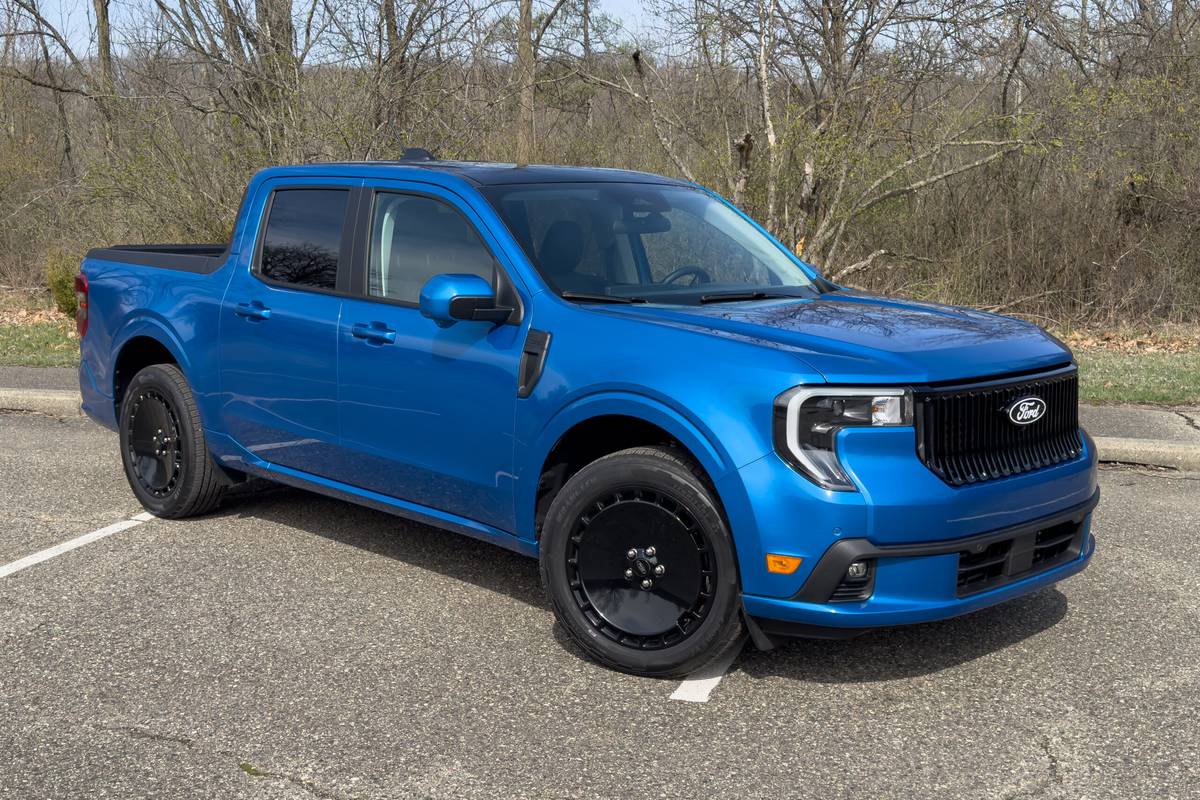2017 Jaguar XE: Our View

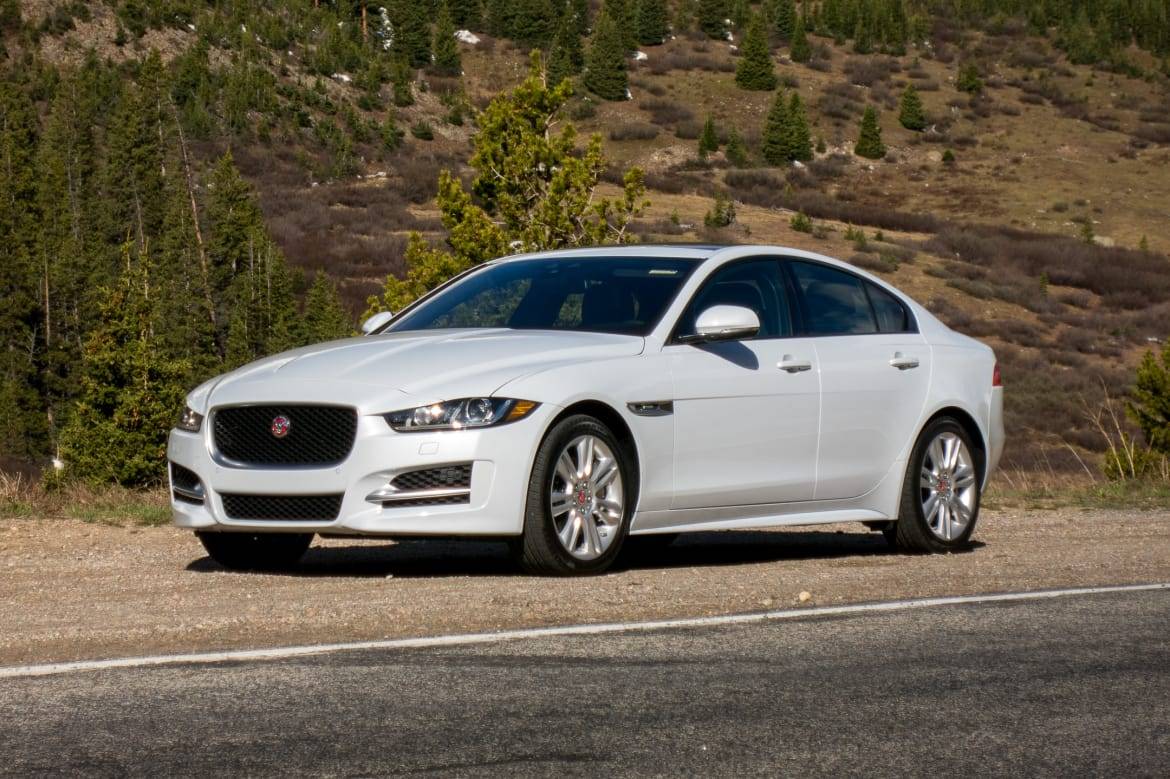
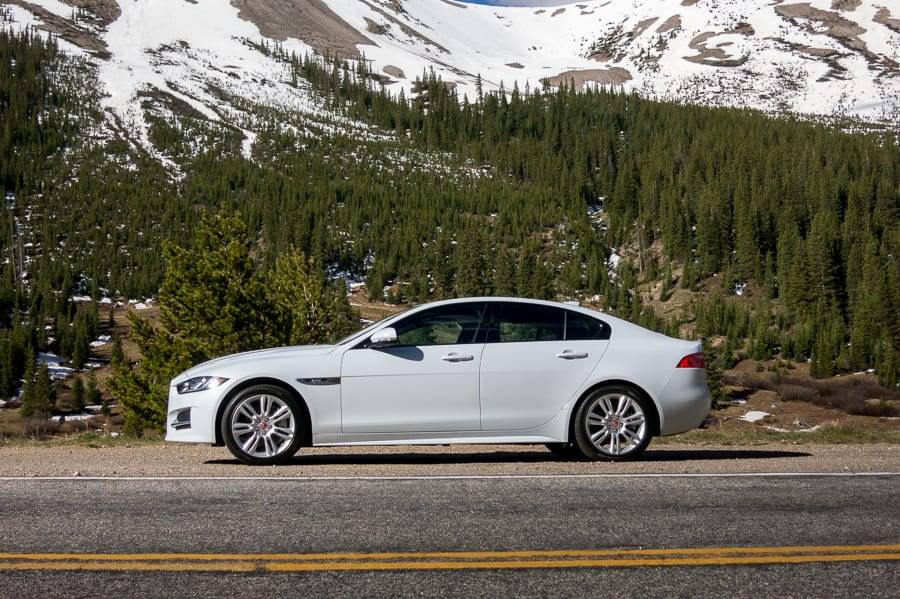
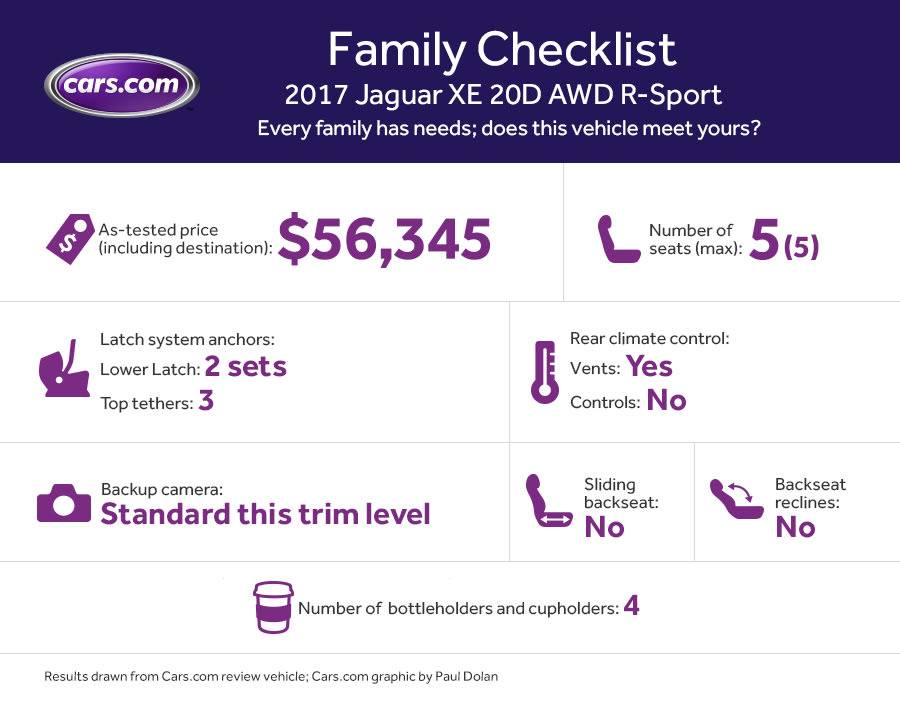
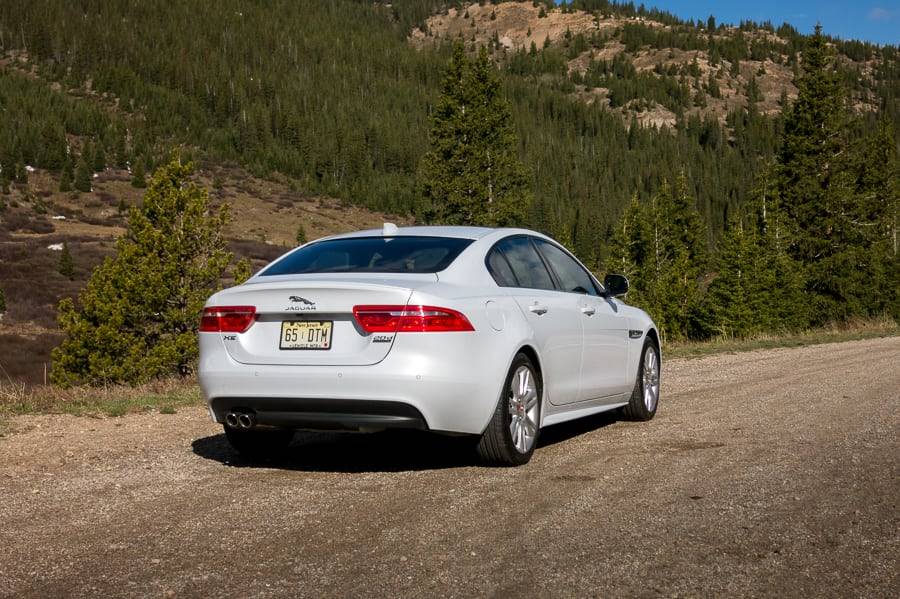
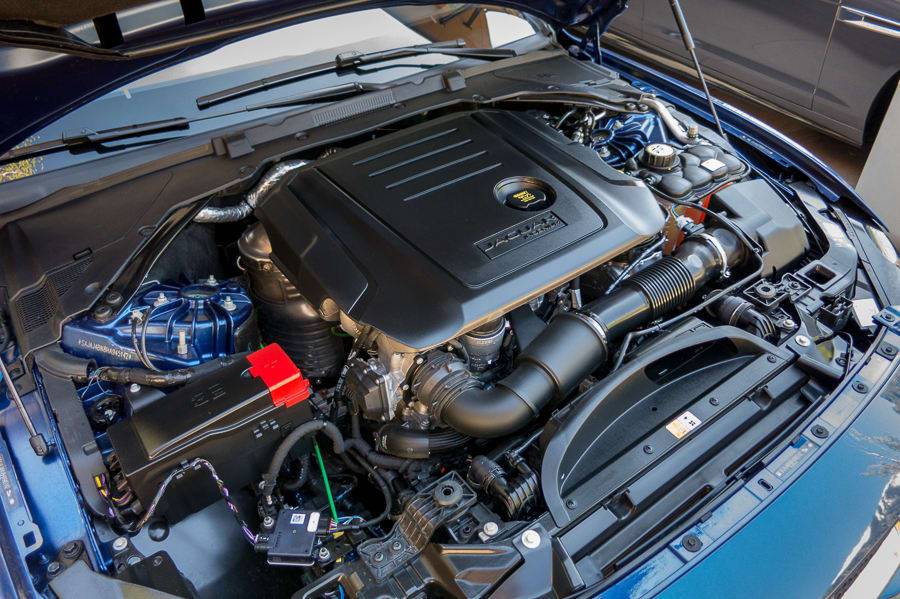
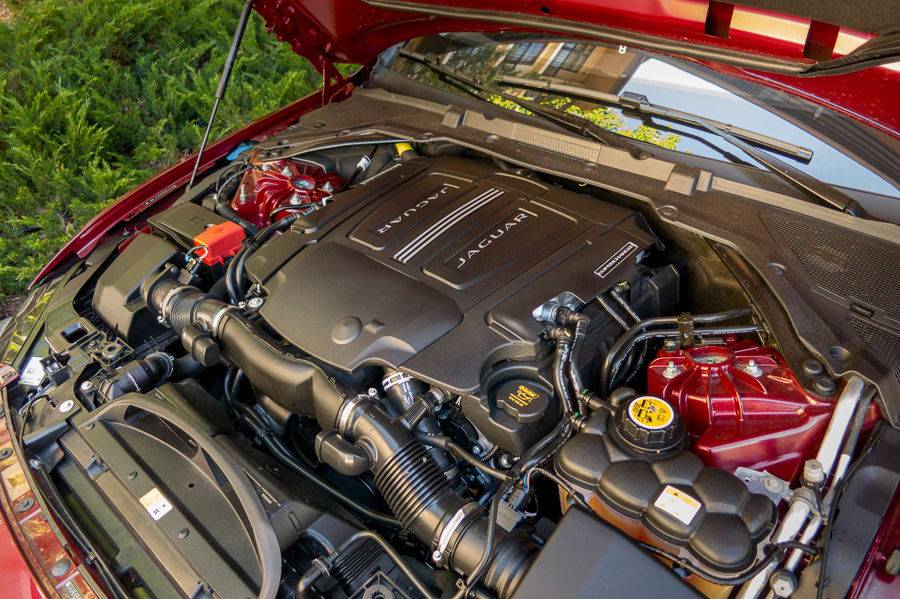

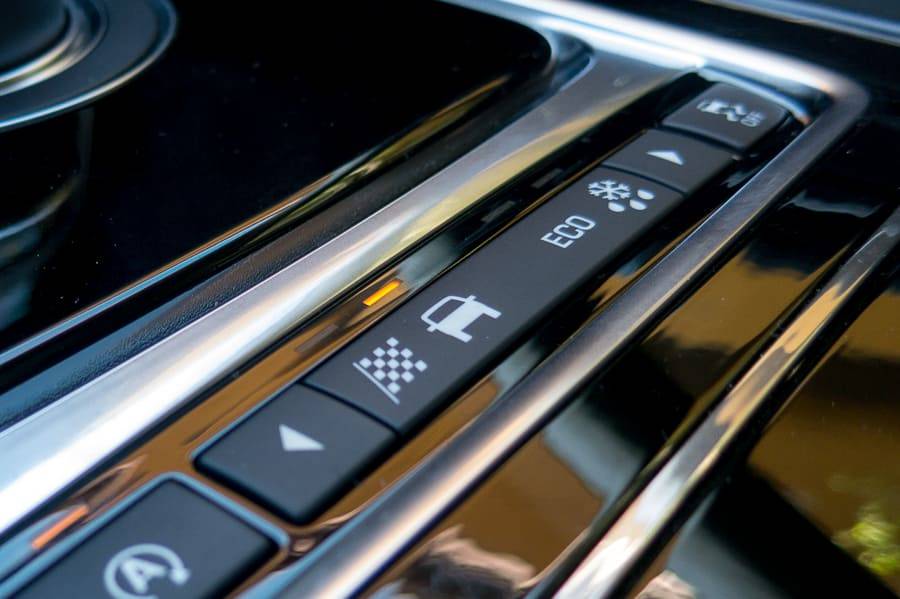
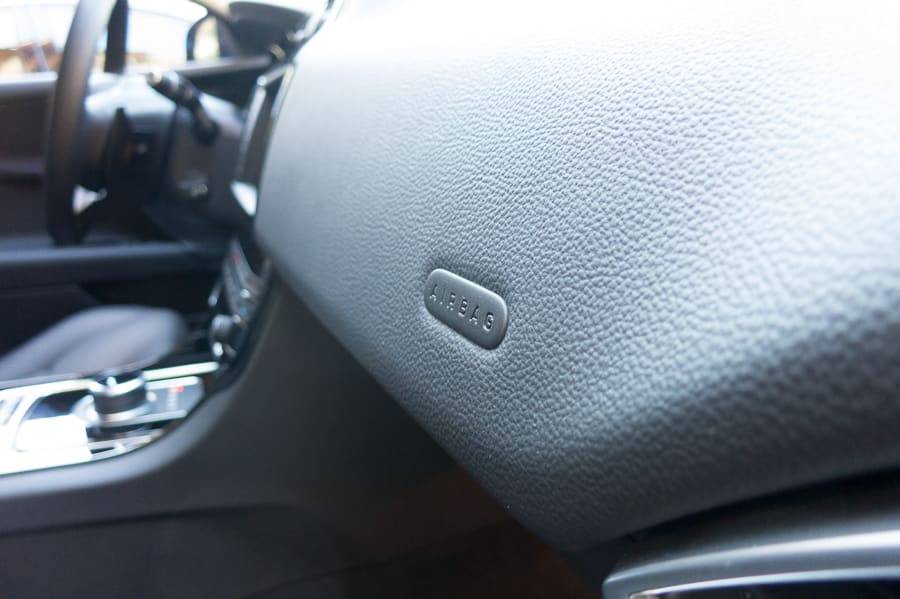
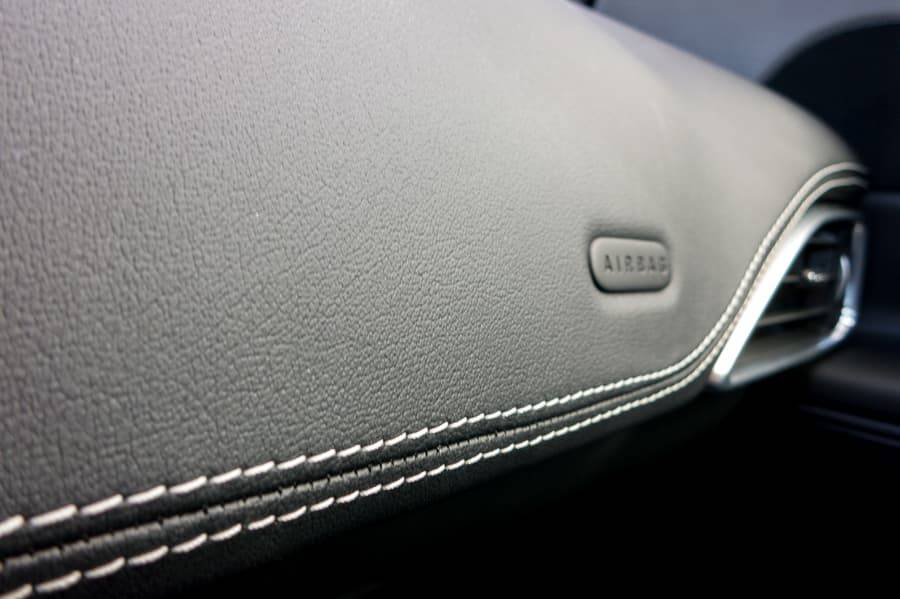
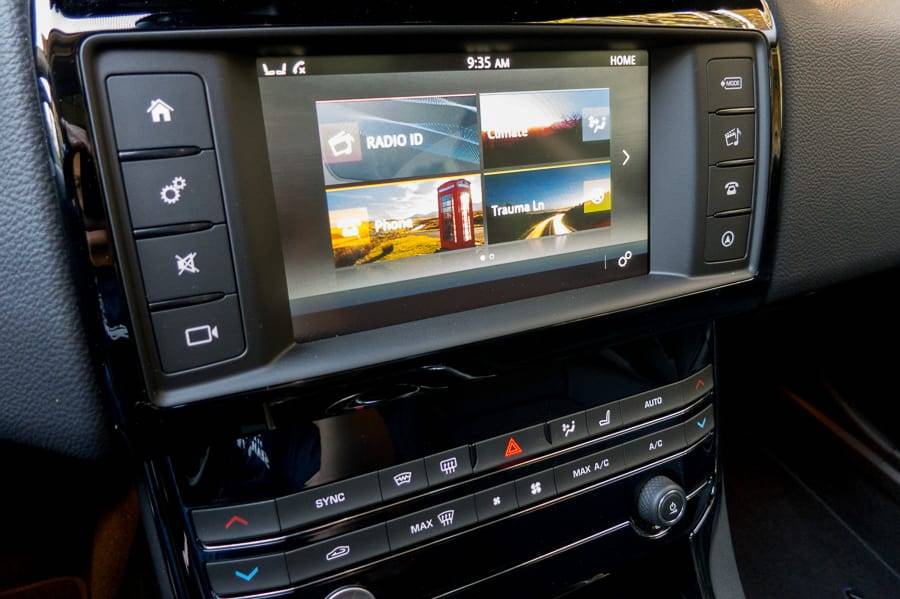
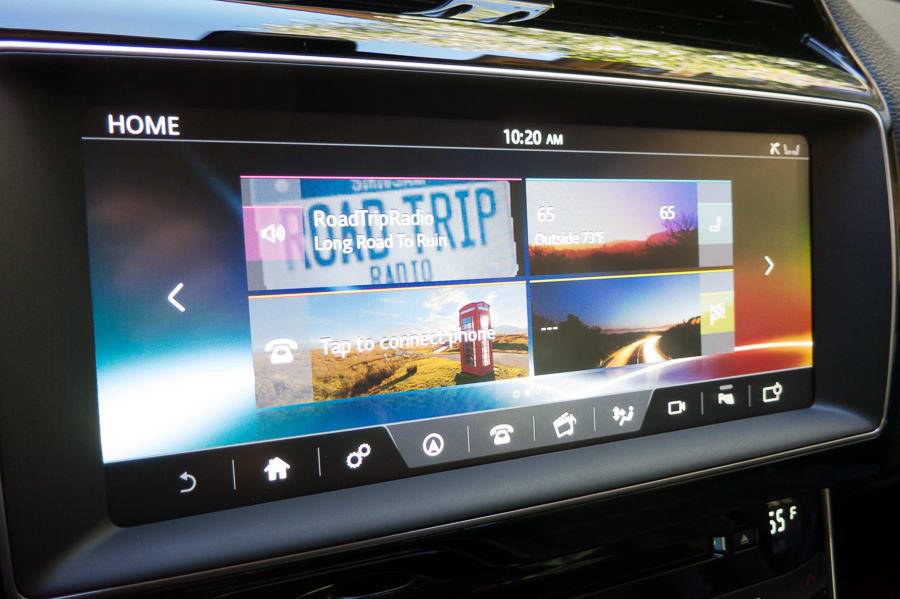
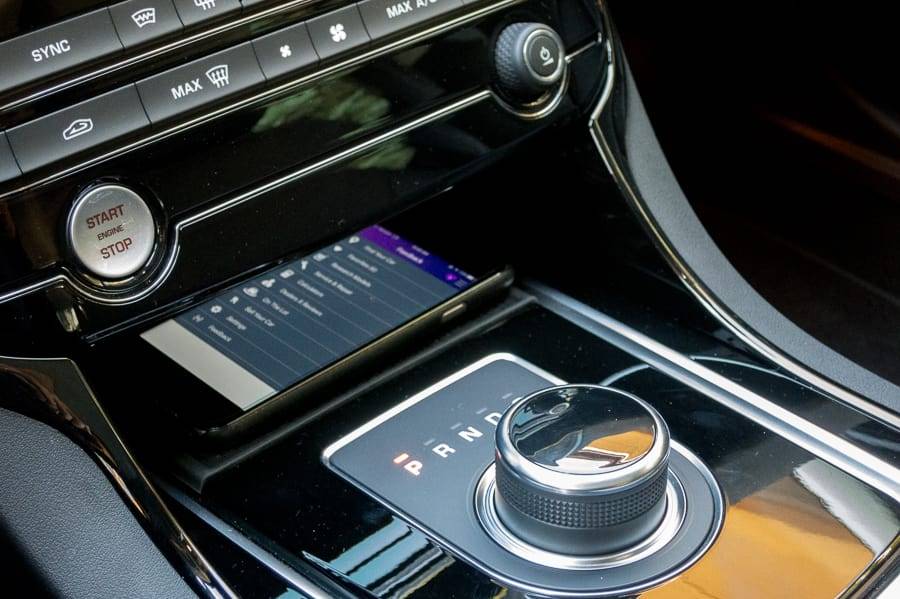
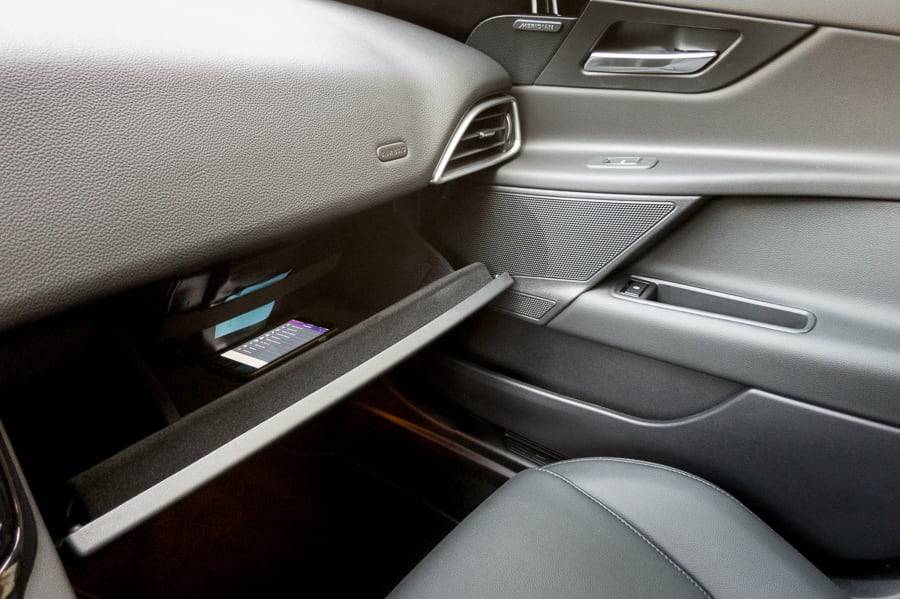
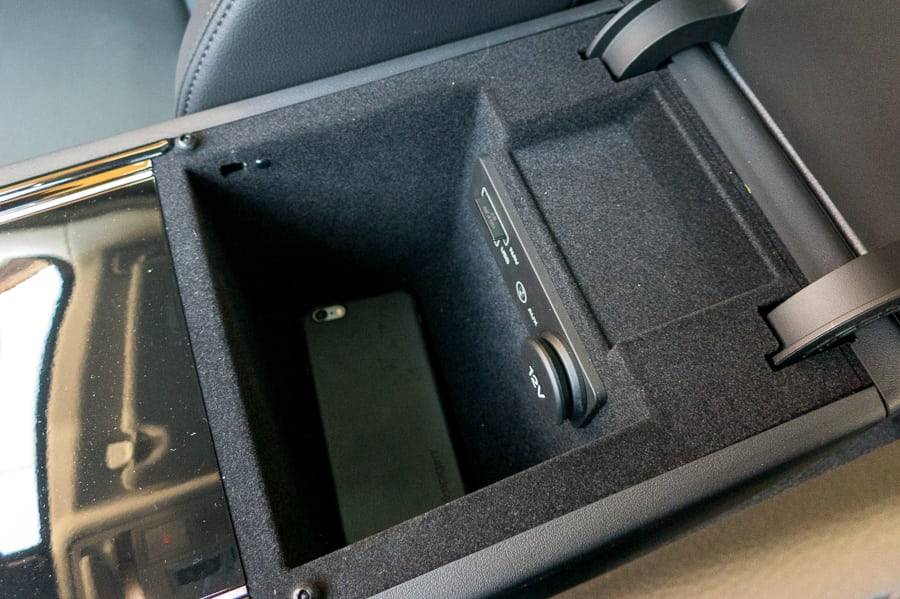

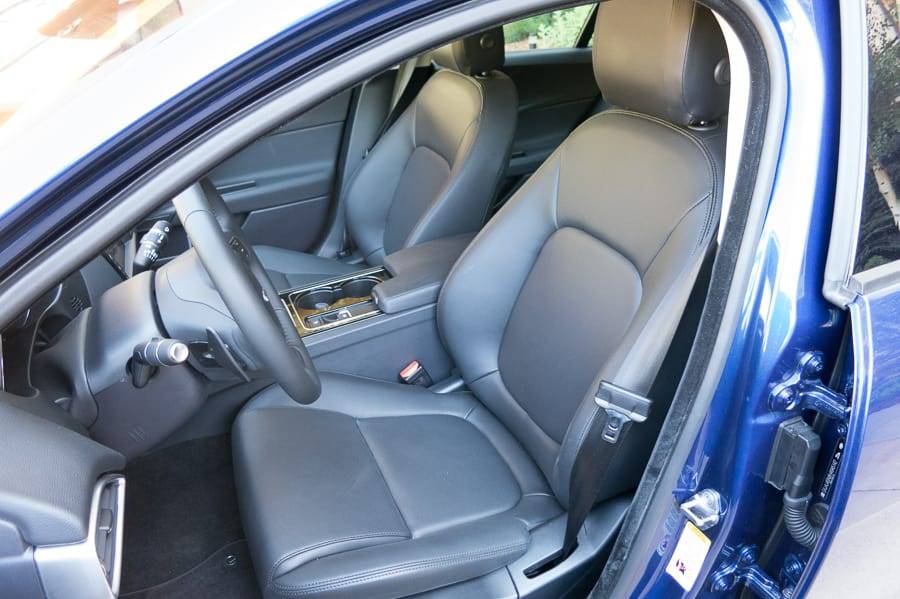
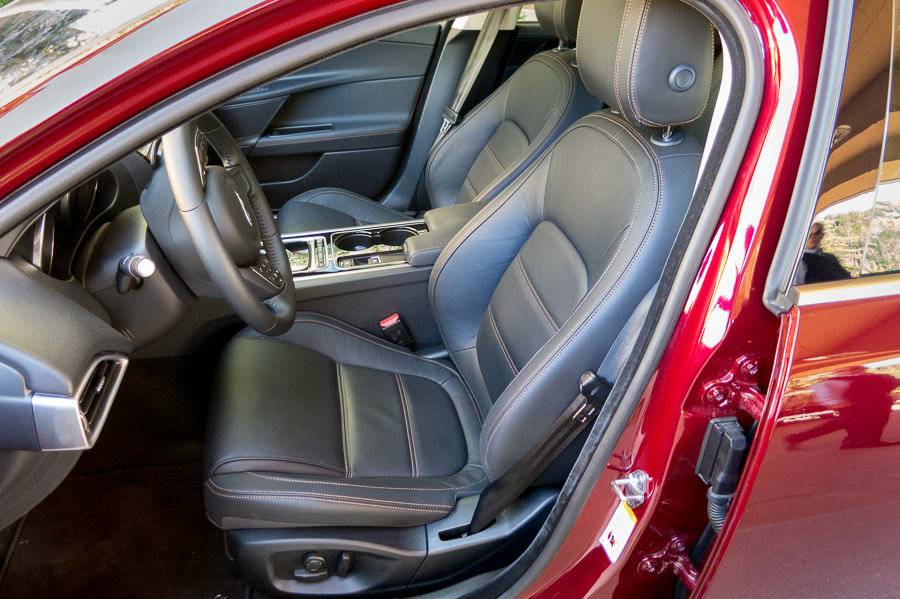
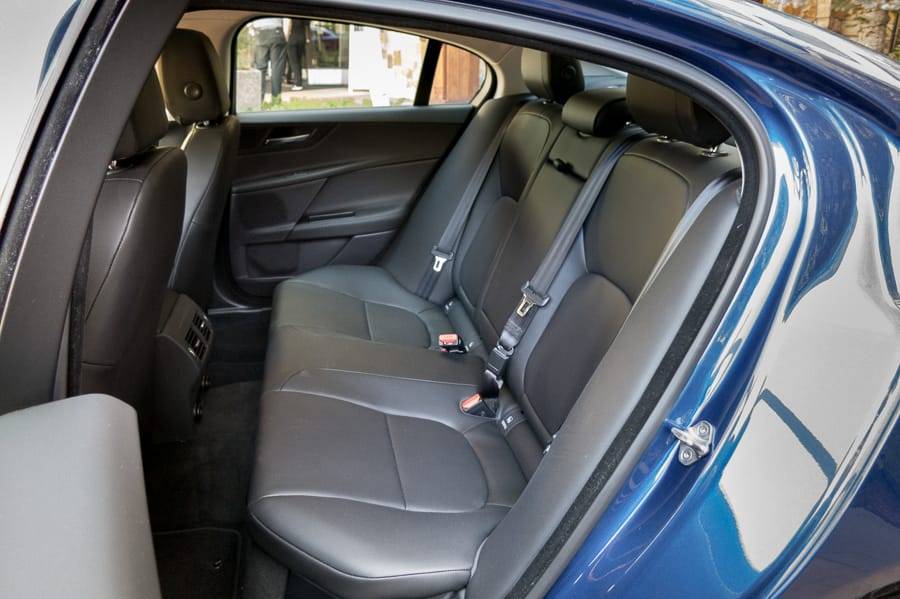
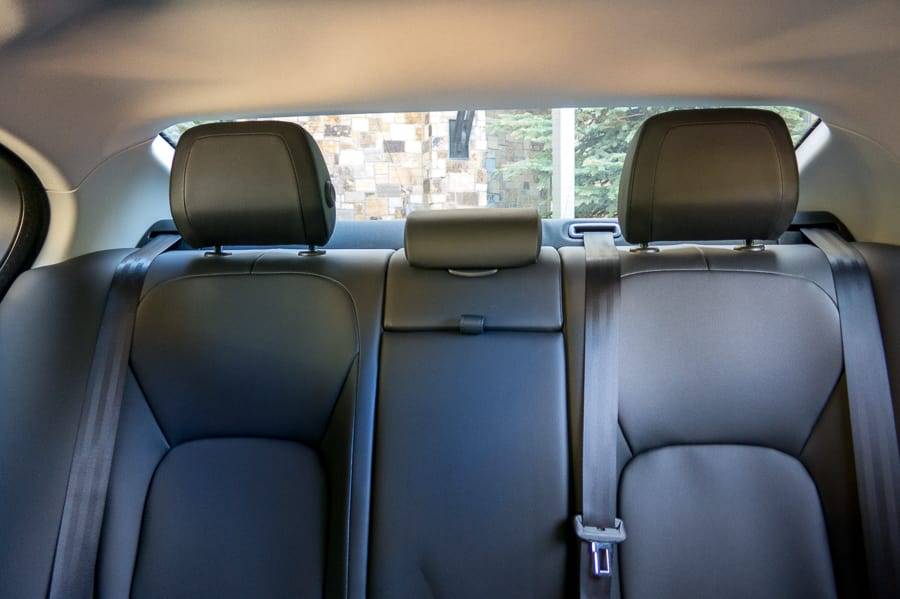
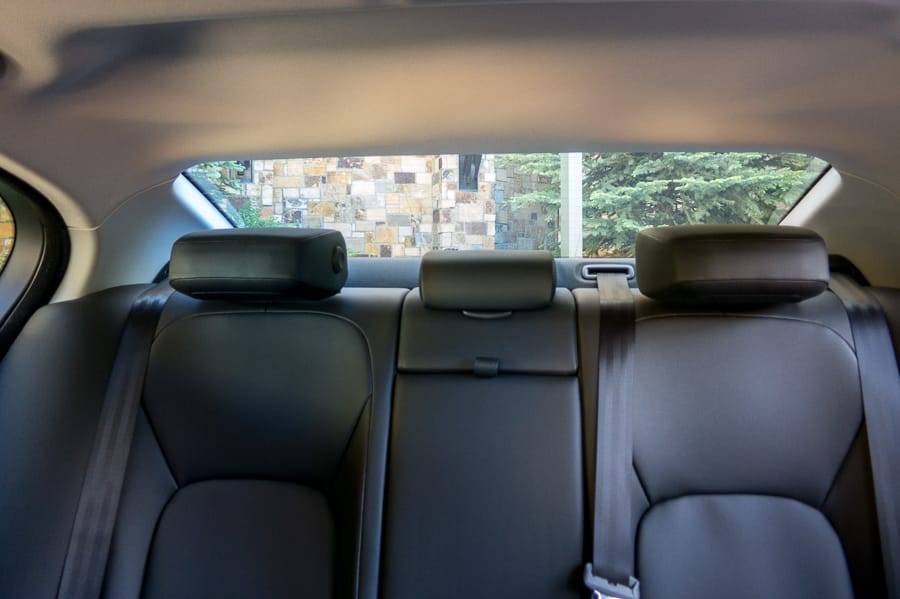
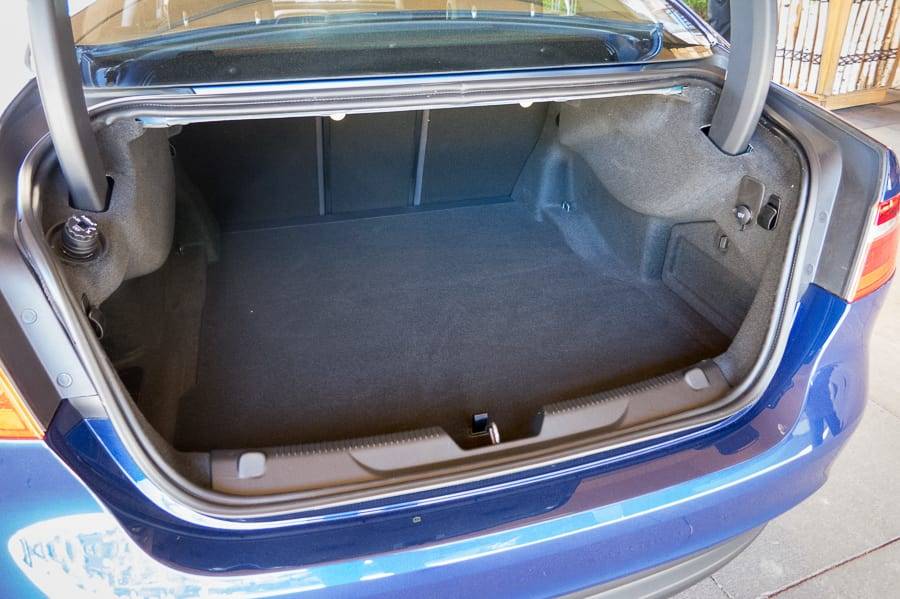
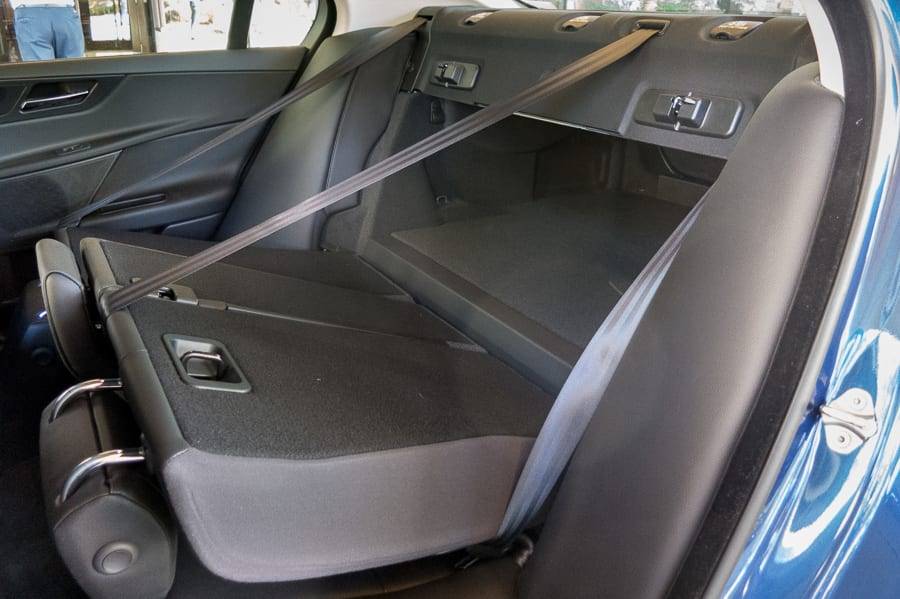























The verdict: The 2017 XE, Jaguar’s first small sports sedan in nearly a decade, is a dynamic car that rides exceptionally well. Warts show up in cabin materials and interior space, but it’s a worthwhile consideration nonetheless.
Versus the competition: The XE isn’t the roomiest or most luxurious choice in a crowded class, but it’s among the most fun to drive.
On sale now, the Jaguar XE comes in four trim levels plus a limited-run First Edition, each with a turbocharged four-cylinder gasoline or diesel engine, or a supercharged gas V-6. Rear-wheel drive and an eight-speed automatic transmission are standard; all-wheel drive is optional with the diesel and V-6. Stack up the trim levels here.
I drove rear- and all-wheel-drive XEs at Jaguar’s Colorado media preview, testing both the V-6 and the diesel four-cylinder. I had already put a V-6 XE through an autocross handling course near Cars.com’s Chicago headquarters. A caveat on ride quality: All the sedans I drove in Colorado had Jaguar’s optional adaptive suspension, the fanciest of three setups. Jaguar also offers fixed suspensions with regular or sport tuning in the XE, but I can’t comment on ride quality with either setup.
Exterior and Styling
The Jaguar XE’s straightforward styling should age well. The nose looks like a pared-down XJ or XF, while the taillights incorporate cues from the F-Type roadster, with a clean, squared-off design. Alloy wheels range from 17 to 20 inches in diameter and the top R-Sport trim has some subtle ground effects.
How It Drives
In my initial handling course in Chicago (read my early thoughts here), the rear-drive XE with the supercharged V-6 revealed masterful dynamics. The nose tucks instantly into corners and the tail drifts free, with plenty of warning, for as long or as little as you’d like. A drive on mountain switchbacks near Aspen, Colo., proved that the XE’s all-wheel drive — which sends almost all the power to the rear wheels under normal circumstances — delivers nearly as much fun.
With the turbocharged diesel, the XE is every bit as dynamic as a BMW 3 Series or Cadillac ATS — two benchmark rivals for handling. The car rotates controllably and instantly, uphill or downhill. All-wheel drive and the supercharged V-6 give the XE its heaviest curb weight (about 200 pounds heavier than the diesel or rear-drive V-6 sedans I also drove) and it shows up in the form of soupier reflexes — chiefly, a touch slower steering turn-in and hints of understeer. Still, the chassis keeps body motions in check; even at its portliest, the XE stays flat as you accelerate, corner and brake.
The 180-horsepower, turbo-diesel four-cylinder’s robust torque — 318 pounds-feet, which is nearly as much as the supercharged V-6 — makes for gratifying low-rev acceleration, while the 340-hp, supercharged V-6 pulls with lag-free urgency. Jaguar’s eight-speed automatic is an occasional hindrance to both engines, lagging on downshifts or gear-hunting through them when you call for more power. Two sportier settings (one accessible via the gearshift itself, the other through a driving-mode selector) shore up some of the lag, but it’s just another example that high gear counts do not a good transmission make.
Ride quality is a high point. With the adaptive suspension and 18-inch rims, the XE takes on broken pavement, tar patches and rapid elevation changes with outstanding control. The 19s introduce a degree of chop, but even then, ride quality still shows a lot of polish.
The turbo four-cylinder gas engine that I didn’t test makes 240 hp, but Jaguar offers it only with rear-wheel drive. There’s a manual transmission available in the Jaguar XE abroad but not here, something that probably upsets me more than it does 95 percent of XE shoppers.
Interior
As fun as the Jaguar XE is to drive, some will find the cabin too small or spartan. The sedan is wider than its German rivals, but the cabin feels narrow up front and skimpy on headroom all around. The short windows limit forward and rearward visibility, and the doors are an ergonomic lapse — a mishmash of outcroppings, none of them at the right position or length to be an armrest. Legroom and seat height are both adequate in back, but the limited headroom means taller passengers will have Calvin hair by trip’s end. (That’s of Watterson fame, not Coolidge or Klein.)
Cabin materials are impressive in certain areas, particularly with the XE’s optional vinyl-wrapped dashboard. But there’s a degree of consistency elsewhere in the class that’s lacking here. You don’t have to look hard to see where Jaguar stashed cheaper, lower-grade plastics — places the 3 Series, Mercedes-Benz C-Class and other cars trim with richer materials. Some rivals have convincing faux leather in their cheaper variants, but the XE’s bottom trims have a grade of vinyl that won’t fool anyone who looks closely.
Ergonomics and Electronics
The standard multimedia setup includes an 8-inch touch-screen with physical shortcut keys, HD radio, a USB and iPod interface, and Bluetooth hands-free phone and audio streaming. Two Meridian premium stereos are optional, as is a 10.2-inch display that replaces the 8-inch screen and shortcut keys. Its on-screen shortcut buttons are less intuitive than the smaller screen’s physical ones, but it’s otherwise a first-rate setup, with a navigation system that allows you to pinch and swipe at smartphone speeds. The 8-inch screen also offers navigation, but it’s a slower, rudimentary system by comparison. With either screen, an optional app interface supports many third-party applications off a connected iPhone or Android smartphone, but Apple CarPlay and Android Auto are unavailable.
Cargo and Storage
Typical of a small sports sedan, the Jaguar XE’s cabin storage is tight. The center console won’t hold much; a nook ahead of the gearshift is good for a medium-size smartphone. Trunk space, however, is impressive. At 15.9 cubic feet, the XE rivals many midsize sedan trunks.
Safety
The Jaguar XE has not been crash-tested. Jaguar offers all the expected safety technologies, but it’s expensive to actually get them. A backup camera, which is standard on many non-luxury cars, is optional on the base XE. And you can’t get forward collision warning and automatic emergency braking — an important safety feature that’s standard in the C-Class and Audi A4 — until the XE’s top trim.
Value in Its Class
Pricing starts in the mid-$30,000s and extends to just south of $67,000 with all options; that spread is comparable to other sports sedans. A moonroof and power seats are standard and, if you throw in crowd-pleaser options like a backup camera and heated seats, you can get a nicely equipped Jaguar XE with rear-wheel drive and the turbo four-cylinder for roughly $37,000 — fairly affordable, as similarly equipped rivals go.
Throw in Jaguar’s impressive standard warranty, which includes complimentary maintenance, and the XE is an interesting choice for driving enthusiasts, albeit less tempting if you want a bona fide luxury car or need to cart family and friends around.
Cars.com’s Editorial department is your source for automotive news and reviews. In line with Cars.com’s long-standing ethics policy, editors and reviewers don’t accept gifts or free trips from automakers. The Editorial department is independent of Cars.com’s advertising, sales and sponsored content departments.

Former Assistant Managing Editor-News Kelsey Mays likes quality, reliability, safety and practicality. But he also likes a fair price.
Latest news
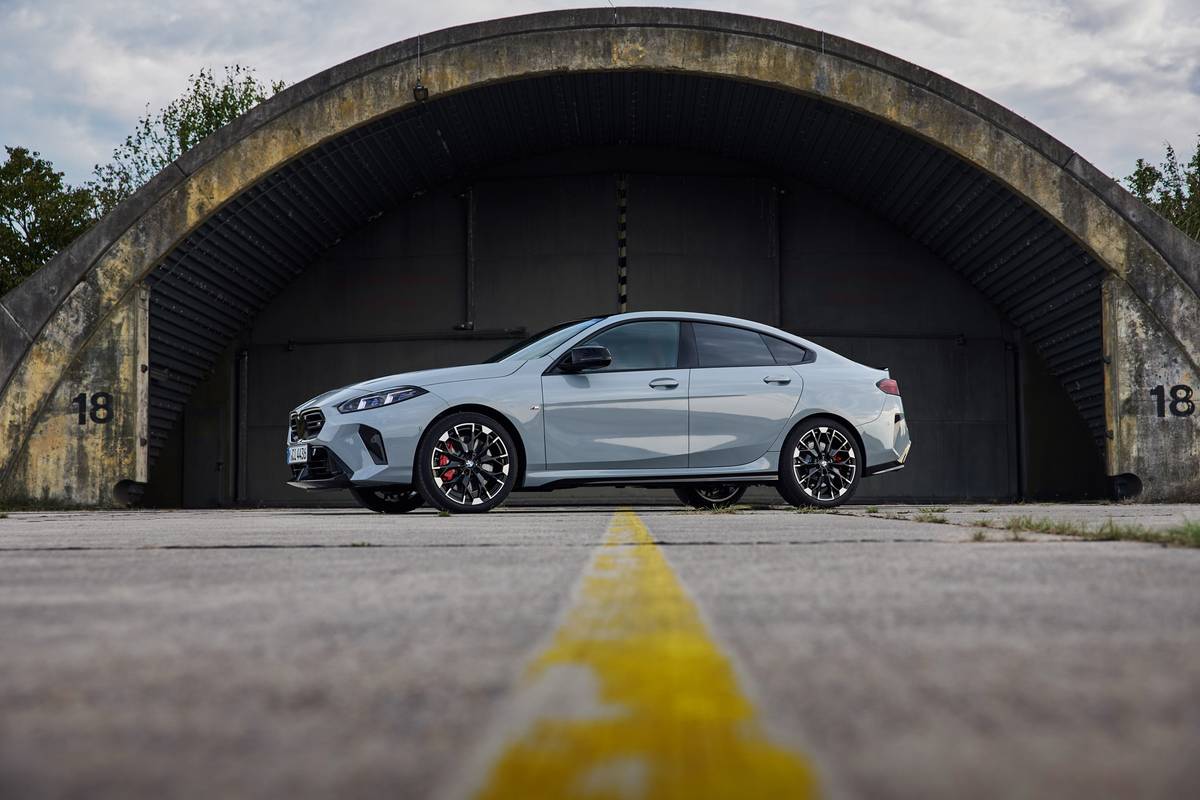
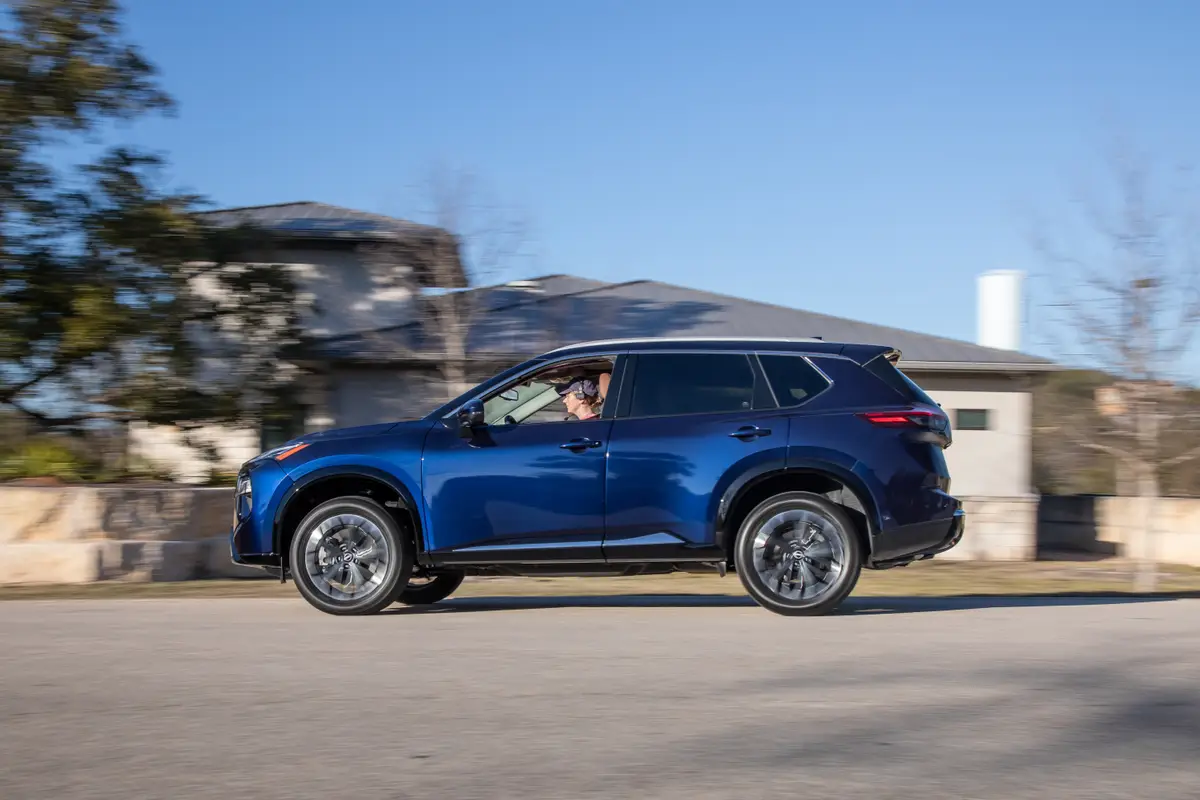
2025 Nissan Rogue Review: Keeping the Compact SUV Crown
